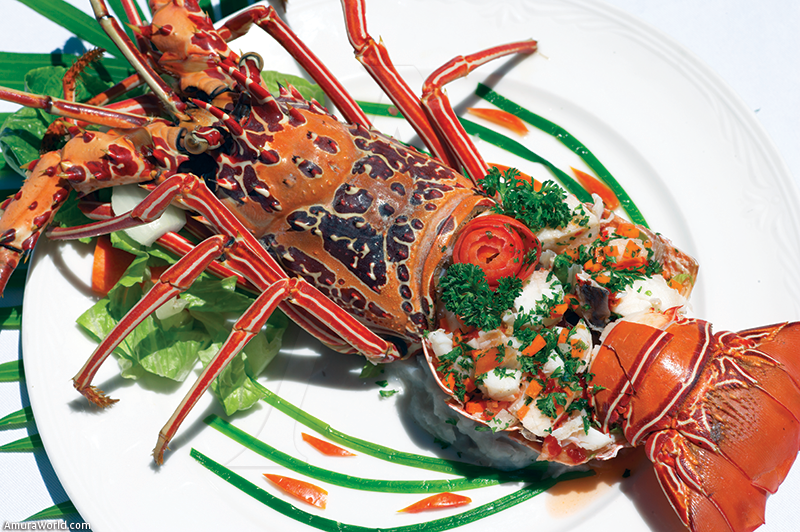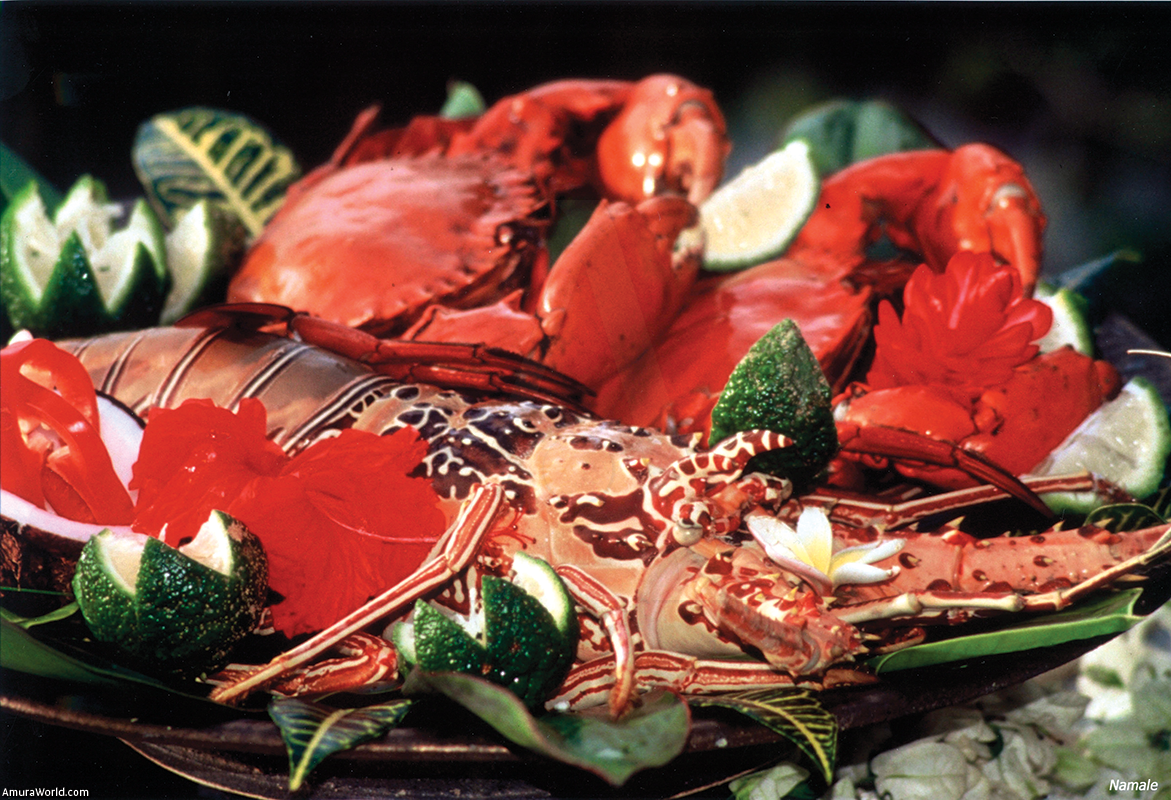People's eating habits have changed over time. The cuisine in different parts of the world has evolved. The mixture of ingredients has become more complex and sophisticated, fashions come and go and the senses have evolved.
However, it would seem that the pleasure of eating with all five senses has been lost; but this does not mean that we have lost or reduced our senses. The senses continue, as they have since the beginning of human existence, we have simply stopped using them.
In the mixture of images and aromas on a well-presented dish, it is possible to awake the gourmet that we all have inside. Sight and smell of the first senses that react; however, the palate is the most pleasured, while we savor something delicious.
Per Hermansson, a sense analyst at V&S, the company that developed Vodka Level and the flavored Absolut, commented that people should stop thinking about food and drink as something they "either like or don't like", since this type of thinking leads us to stop using our senses.
“Therefore, it is advisable that when trying food, we should try and discern each flavor that makes up the dish in question. We tend to use sight as the main sense, but we should not limit ourselves to only what we see, we have to compare flavors, including flavors within the same thing" explained Hermansson.
How taste sense works
The taste sense has many components. We feel the taste of the food when certain chemical products present in food and drink come into contact with our taste buds. These are dispersed over the entire surface of the tongue, on the inner side of the cheeks, on the palate, on the first section of the esophagus and in other parts of the mouth and throat.
The components of food stimulate the taste buds during the mastication and swallowing process and the movements of the tongue highlight the feelings of flavor. Complex interactions are produced within and between the taste buds, which are full of nerve endings in order to evaluate the most important tastes and flavors.
The sense of smell plays an important role in the perception of fruits. The mouth and nose senses interact and combined so we can imagine how a specific food will taste or to increase the sensory perceptions we receive. Smells can also create emotional responses to foods.
The four most common flavors are sweet, savory, bitter and acid. Rather, studies show that the sense of taste goes far beyond these four components. Other taste qualities can include metallic flavors, from the ferrous components of medications and chalk, from calcium salts. There is also flavor called “umami” or tasty, which is used to describe the taste and sensation of glutamate, and amino acid that is found in proteins and in the flavor enhancer, monosodium glutamate.
Another element that plays an important role in the sense of taste is the taste bud systems, or "free nerve endings", which are distributed in the mouth and nose and are connected to the brain. The nose detects the most irritating factors, such as spicy chili and black pepper, the refreshing flavors such as mint and the gas in carbonated drinks.
Para Hermansson, with 27 years of experience and studies in Economics, sociology, Psychology and Sensory Analysis, has not lost his senses, but says he needs to develop the capacity to identify and describe.
“People should try and communicate what the senses perceive; the problem is that they don't memorize their feelings and flavors, so they ignore them.”
Text: Rafael Luna Grajeda ± Photo: Cortesía de Fregatte Island Spa.









